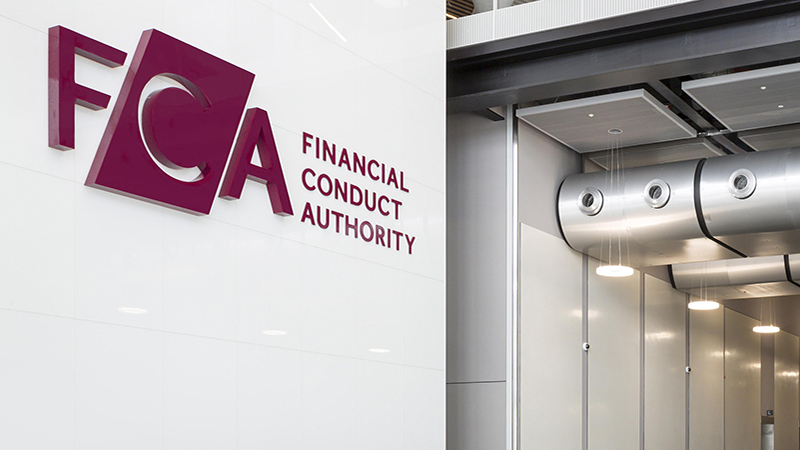According to the firm, the rating is designed to help investors select the most appropriate passive funds to meet their objective of matching index returns most closely.
For passive funds, efficiency of index replication and cost are often cited as the most important factors when determining how good they are. But, says Jason Broomer, head of investment at Square Mile, while both cost and replication are important, the focus for investors should be on “the much more important consideration of whether a fund – active or passive – meets investors’ desired outcomes”.
While there has been a significant increase in interest in passive strategies, with cost a significant driver, Broomer pointed out that since the implementation of RDR, 85% of active UK equity funds have AMCs below 1% while £10bn sits in UK retail index trackers whose AMC exceeds 1%.
He added: ““Charges have a significant impact on a passive fund’s ability to perform and while the perception is that passive vehicles are a cost efficient means of gaining market exposure there is gross discrepancy in the fees levied on funds.
“Investors in UK passive funds could save £110m per year by switching from high to low cost providers. This equates to £90 per year for individuals with £10,000 invested in index trackers.”
Because total return is the principal rationale for investment, Square Mile says the difference between the performance of the fund and the index it tracks, is a key consideration of the rating. But, it said, it is of lesser value to assess how closely a fund mirrors every market movement and tracking error will only be used as a “sanity check” within the rating process, it said.
The research firm says it will use a number of screens to circumscribe the universe of funds it considers. For cost, 30bps will be used as a typical cut-off point, based on current fees and charges not historic data, It will also screen out those funds with less than £50m in AUM. Then it will look at the historic gross daily performance, adjusted to reflect the current fee schedule. It will also calculate the 30-day moving average for 12 month rolling data.
At launch 46 funds achieved the firm’s R rating.











